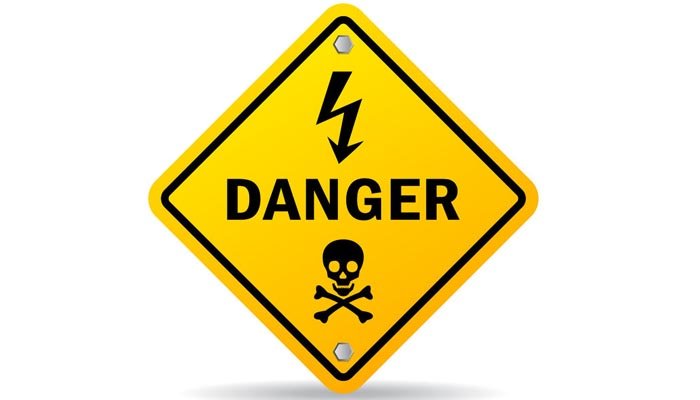Merchants so often are consumed with the many details of their business, that they don’t realize they are considered high risk when applying for payment processing solutions.
In fact, among the hundreds of calls and inquiries we receive each week about our merchant services, the majority of merchants are surprised to learn they are classified as high risk. We understand their surprise because a high risk merchant consists of so many variables.
When our merchant account managers are able to explain those variables to merchants, usually their bewilderment subsides, and we can move forward.
7 Characteristics That Make a High Risk Merchant
1. Lack of credit card processing history
As a high risk merchant account provider, Instabill attracts many startup businesses, most who are in the business of accepting payments for the first time. Startups are often issued a rolling reserve so that the bank can protect itself should the startup sustain high chargebacks or other financial trouble.
2. Industries with age or legal restrictions
Certain industries such as adult content, online gambling, e-cigarettes and online wine delivery make acquiring banks and payment processors nervous – for fear of selling products and/or services that could impact minors.
3. Location of business or residence
We often face the question: Why should the location of my business affect my merchant account? It’s an unfortunate answer: Several countries and regions are known for excessive fraud rates, particularly eastern Europe, Asia and Africa; or any region that is in turmoil. Even in the U.S., merchants located in Florida, Georgia or Nevada – the states that rank highest in the U.S. in reported fraudulent activity – might be subject to higher merchant account fees.
4. Credit card present or not present
By definition, card not present or e-commerce merchants, are regarded as higher risk than a merchant in a physical store. In an e-commerce transaction, when the credit card is not present at the time of payment, the risk of fraud is far higher than a credit card present at the point of sale.
5. Type of goods or services that the merchant provides
Echoing our second characteristic, e-cigarettes and online wine fall into this category, as do products such as peptides and gun parts. These types of products – potentially harmful if in the wrong hands – cause acquiring banks to put their guard up.
6. High ticket transactions
Timeshares and chartered air flights are examples of high ticket transactions – single transactions that involve large sums of money. Merchants of such are labeled high risk because of the risk of chargebacks. For example, if an executive charters a flight that costs $20,000, then cancels and requests a chargeback through his credit card, it leaves the merchant without a sale involving a significant amount of capital.
7. High monthly volume
A high risk merchant that deals with high volume – such as multilevel marketing or nutraceuticals – is often labeled high risk due to the risk of chargebacks, particularly domestic businesses. For instance, if a merchant is found fraudulent, and the acquiring bank doesn’t realize it until days or weeks later, the bank will lose money due to chargebacks since domestic merchants receive daily payouts.
Hence, businesses that deal in high volume and take in large amounts of capital are often deemed high risk for that reason.
Serving the High Risk Merchant Since 2001
Instabill has catered to the high risk merchant since the dawn of e-commerce. We offer live customer support with one dedicated merchant account manager and the acquiring banks that embrace high risk merchants. Get the conversation started at 1-800-530-2444 or by clicking the live chat option below.


